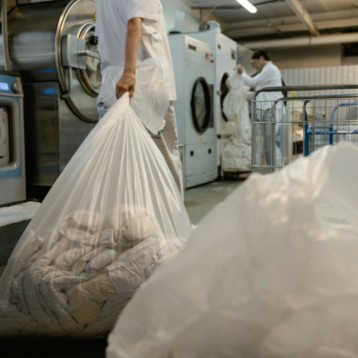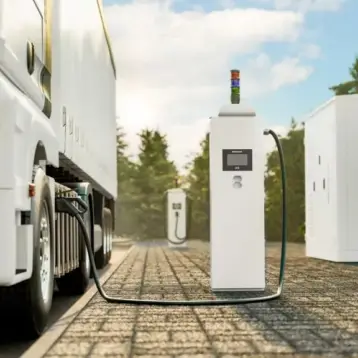|
Asphalt is potentially an excellent source of energy because, unlike traditional solar panels, the pavement remains hot (and thus continues to generate energy) well after the sun sets. However, capturing the heat from the asphalt is not straightforward. Asphalt is an insulator so it tends to retain its heat. Novotech founder Michael Hulen and Worcester Institute of Technology professor Rajib Mallick have been experimenting with placing copper pipes wrapped in graphite or other strong conductors about an inch below the surface of the pavement. They have also looked into using series of heat sinks similar to those used in some residential floorboard heating systems.
Professor Mallick and others on his research team began exploring the power generation capacity of asphalt using a series of computer models, but have moved on to small and large scale tests in the laboratory and outdoors in natural conditions. They have performed tests with both copper pipes and heat sinks as mentioned above. Thermocouples embedded in the asphalt measured the heat penetration with each method, both using halogen lamps in the lab and direct sunlight outdoors. The larger slabs used for outdoor testing were also exposed to wind, rain, and other weather conditions to see how they effect power production.
Further testing is needed to determine the ideal method for capturing the heat and moving it into useful power consumption channels. The viability of those channels, especially over extended distances, is extremely unclear. Because of this, the researchers are targeting parking lots near commercial buildings for their first production systems. The power would then be used in those nearby buildings (likely to heat water the water used inside) while transport issues are solved. These parking lots are also relatively free of regulation whereas public roadways fall under government control and must conform to strict rules.
TFOT has previously reported on other innovative methods of harnessing alternative energy sources including a method for turning garbage into ethanol, a way to harvest energy produced by vortex induced vibrations found in waterways with currents, the Wave Treader hydropower generator that fits as an attachment to floating offshore wind turbines, and the ultra-quiet Swift Wind Turbine designed to operate on rooftops.
Read more about Professor Mallick’s early efforts to design and test power generation from asphalt in this Worcester Polytechnic Institute press release.











